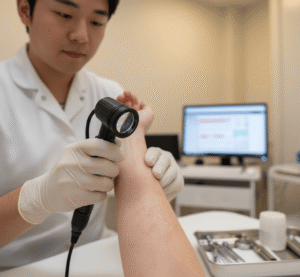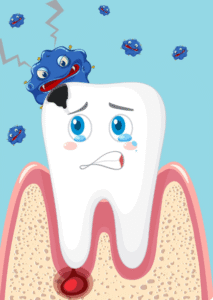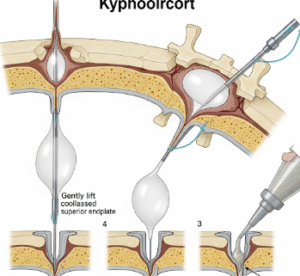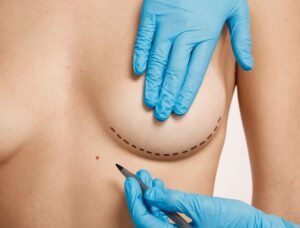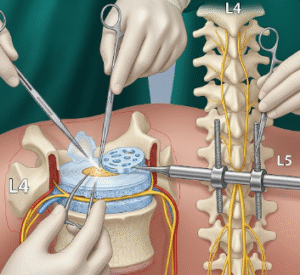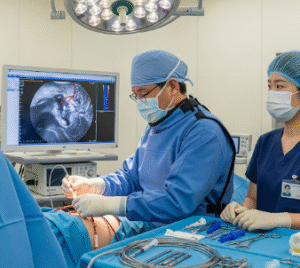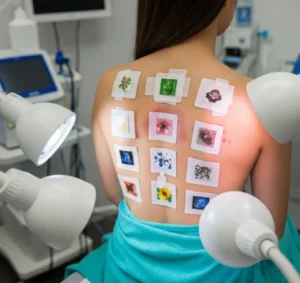Overview
Gout is a common type of inflammatory arthritis caused by the buildup of uric acid crystals in the joints. It leads to sudden, severe pain, swelling, redness, and stiffness, most commonly in the big toe but also in other joints. In Korea, the prevalence of gout has been increasing, partly due to dietary changes, sedentary lifestyle, and longer life expectancy. Modern Korean hospitals provide advanced diagnostic tools and effective treatment options for gout, including lifestyle management, medications, and long-term care.
Symptoms
Gout symptoms often appear suddenly and may include:
- Intense joint pain (especially in the big toe, ankles, knees, wrists, or elbows)
- Swelling, redness, and warmth around the affected joint
- Limited range of motion during attacks
- Lingering discomfort even after the acute pain subsides
- Development of tophi (hard uric acid deposits under the skin) in chronic cases
Causes
Gout occurs when uric acid levels in the blood are too high, leading to crystal formation in the joints. Causes include:
- Overproduction of uric acid
- Reduced excretion of uric acid by the kidneys
- Consumption of purine-rich foods (red meat, seafood, organ meat)
- Excessive alcohol (especially beer and spirits)
- Certain medications (diuretics, low-dose aspirin)
- Obesity and metabolic disorders
Risk Factors
- Male gender (men are more affected, though risk increases for women after menopause)
- Family history of gout
- High-purine diet (red meat, shellfish, alcohol)
- Chronic conditions: hypertension, diabetes, kidney disease
- Obesity and sedentary lifestyle
- Certain drugs that increase uric acid levels
Diagnosis
In Korea, gout is diagnosed using a combination of clinical and laboratory methods:
- Physical examination of swollen and painful joints
- Blood tests to measure uric acid levels
- Joint fluid analysis (to identify uric acid crystals)
- Ultrasound or CT scan to detect tophi and joint damage
Prevention
Lifestyle changes are key to reducing gout attacks:
- Maintaining a healthy weight
- Eating a balanced diet with low-purine foods
- Drinking plenty of water
- Limiting alcohol and sugary drinks
- Regular exercise
- Avoiding medications that increase uric acid, unless prescribed for another health condition
Treatment Options in Korea
Korean hospitals use a comprehensive approach to treat gout:
- Acute Attack Management
- NSAIDs (nonsteroidal anti-inflammatory drugs) to reduce pain and swelling
- Colchicine to relieve inflammation
- Corticosteroids for patients who cannot take NSAIDs
- Long-Term Uric Acid Control
- Allopurinol or Febuxostat to lower uric acid production
- Probenecid to increase uric acid excretion
- Regular monitoring of uric acid levels
- Lifestyle and Diet Management
- Nutrition counseling tailored to Korean dietary habits
- Weight management programs in hospitals and clinics
- Advanced Care in Korea
- University hospitals offer rheumatology specialists for complex gout cases
- Cutting-edge diagnostic imaging to monitor long-term joint health
- Integrated care for patients with comorbidities like kidney disease and diabetes
Prognosis
With proper management, the prognosis of gout in Korea is generally good. Most patients achieve long-term relief and prevent joint damage with lifestyle changes and medications. Untreated gout, however, can lead to chronic arthritis, kidney stones, and permanent joint deformities.




